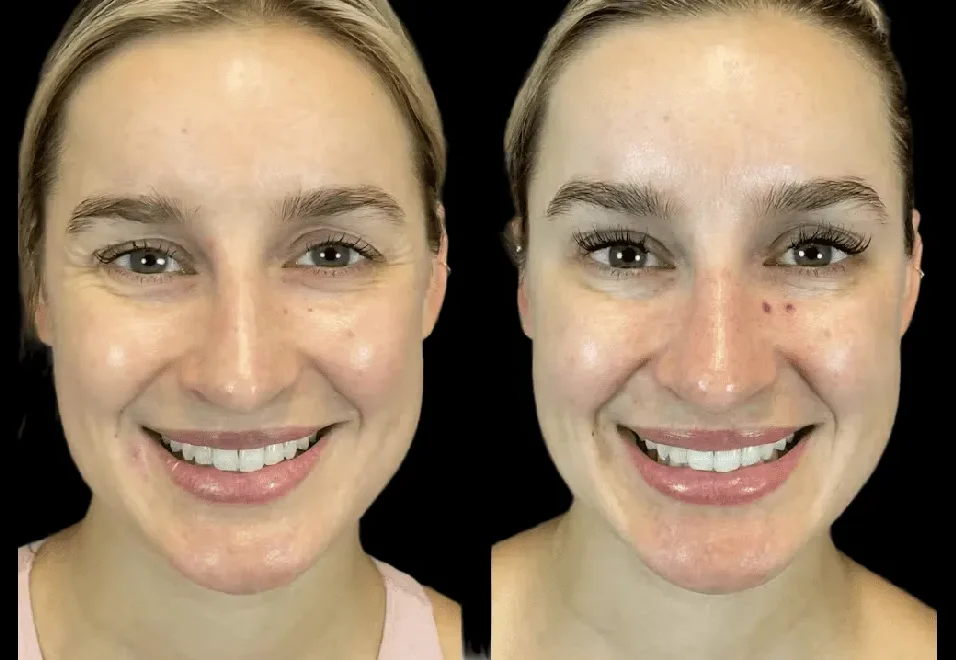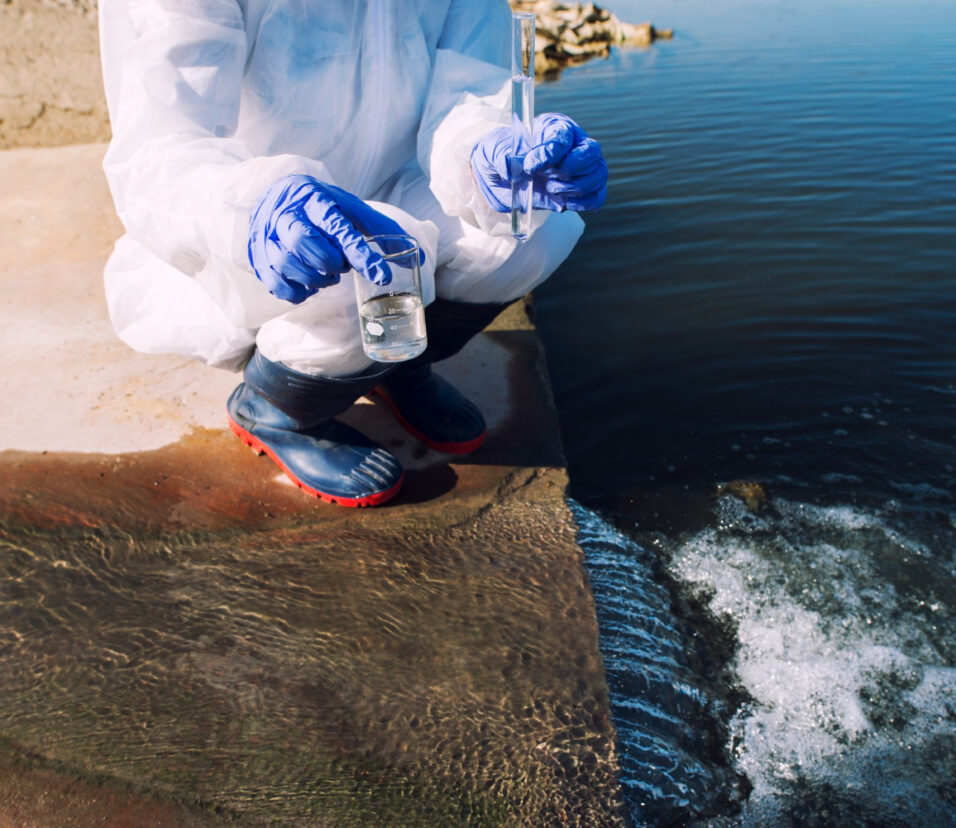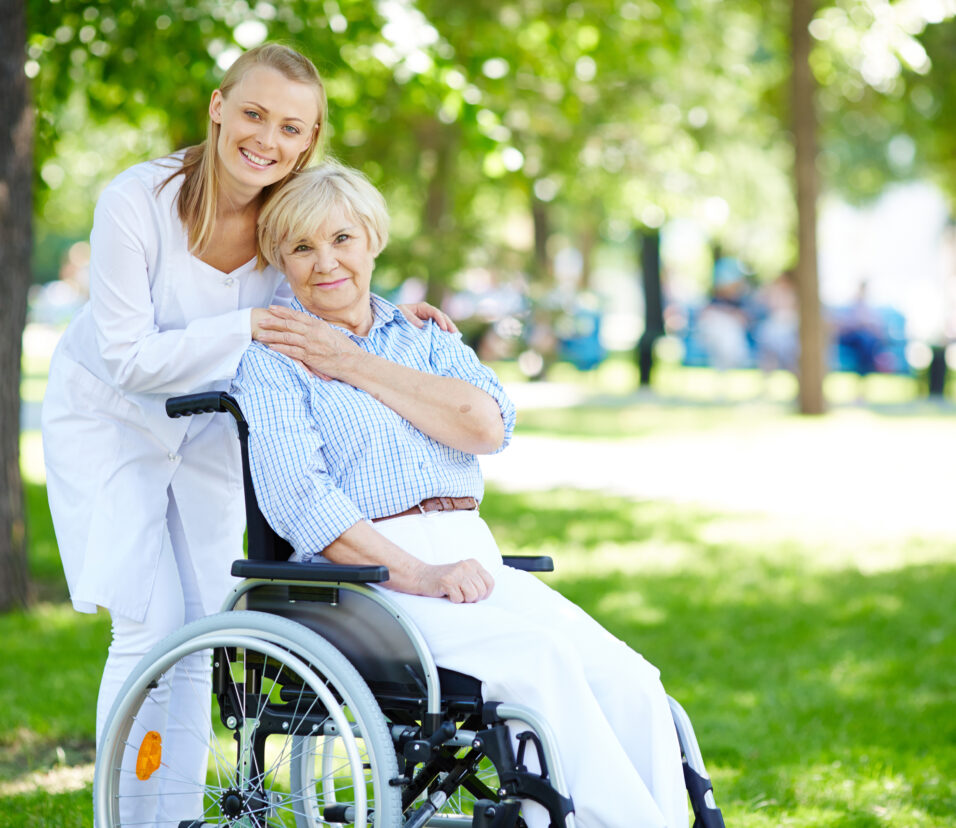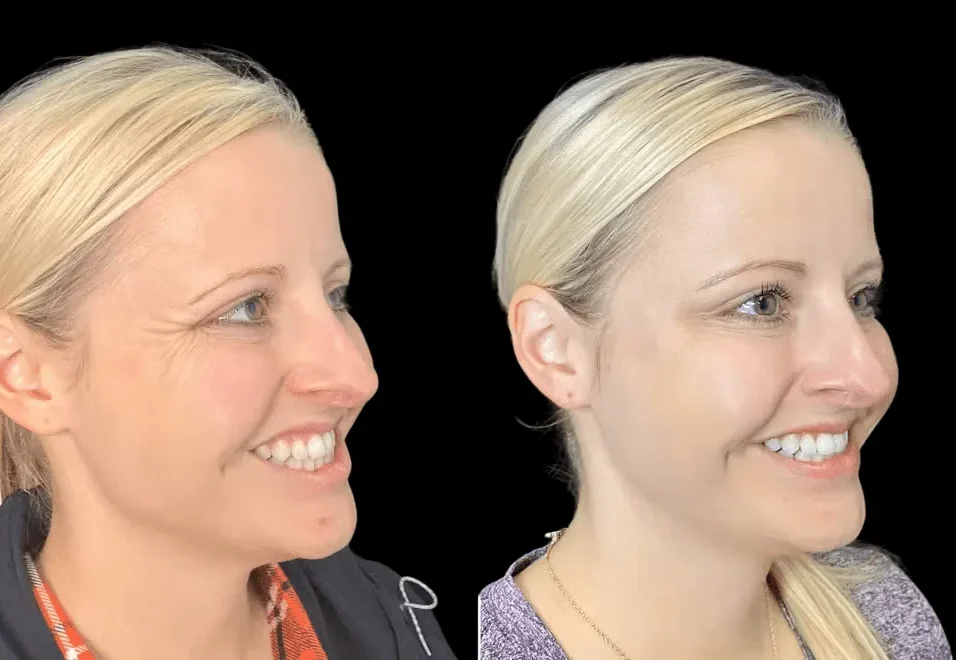Peripheral Edema: Causes, Symptoms, and Effective Treatment
Introduction
Peripheral edema is a common medical condition that causes swelling in the lower extremities, arms, or other parts of the body. It occurs due to fluid buildup in the tissues and can result from various underlying health conditions. Understanding its causes, symptoms, and treatment options is essential to managing and preventing complications.
What is Peripheral Edema?
Peripheral Edema is the accumulation of excess fluid in the interstitial spaces of the body, particularly in the legs, feet, hands, and ankles. It can be temporary or chronic, depending on the cause. The condition may be mild or severe, affecting mobility and overall health.
Causes of Peripheral Edema
Several factors contribute to this, including:
Do you want to visit Char Dham? Char Dham Travel Agent is the best place to plan your Char Dham tour. You can book the tour from here.
1. Medical Conditions
- Heart Failure: When the heart is unable to pump blood efficiently, fluid retention occurs, leading to swelling in the lower extremities.
- Kidney Disease: Impaired kidney function affects fluid balance, causing edema in the legs and feet.
- Liver Disease: Conditions like cirrhosis lead to fluid retention and swelling due to decreased protein production and increased pressure in the veins.
- Chronic Venous Insufficiency (CVI): Weakened vein valves result in poor blood circulation, leading to fluid buildup in the legs.
- Lymphedema: Damage or blockage in the lymphatic system prevents proper fluid drainage, causing swelling.
- Deep Vein Thrombosis (DVT): Blood clots in deep veins restrict circulation and cause localized swelling.
2. Lifestyle Factors
- Prolonged Sitting or Standing: Extended periods of inactivity can cause fluid to pool in the lower extremities.
- Obesity: Excess weight puts pressure on blood vessels and impairs circulation, leading to fluid retention.
- Poor Diet: High sodium intake contributes to water retention and edema.
- Pregnancy: Hormonal changes and increased blood volume can cause swelling in the legs and feet.
- Medications: Certain drugs, such as calcium channel blockers, steroids, and nonsteroidal anti-inflammatory drugs (NSAIDs), can induce fluid retention.
Symptoms of Peripheral Edema
Common signs include:
- Swelling in the legs, feet, ankles, or hands
- Skin that appears stretched, shiny, or puffy
- Indentations on the skin when pressed (pitting edema)
- Increased leg circumference
- Pain, discomfort, or heaviness in the affected area
- Reduced flexibility and movement
- Skin discoloration and temperature changes in severe cases
Diagnosis of Peripheral Edema
A healthcare provider will assess the condition through:
- Physical Examination: Observing swelling, and skin changes, and checking for pitting edema.
- Medical History: Evaluating underlying conditions, medications, and lifestyle habits.
- Blood Tests: Checking kidney, liver, and heart function.
- Urinalysis: Identifying protein loss or kidney-related issues.
- Imaging Tests: Ultrasound, MRI, or CT scans to detect blood clots, venous insufficiency, or lymphatic issues.
Effective Treatment Options for Peripheral Edema
Treatment depends on the underlying cause and severity of the condition. Common management strategies include:
Would you like to visit Indiar? A tour operator in India is the best place to plan your tour. You can book a tour from here.
1. Lifestyle Modifications
- Regular Exercise: Engaging in activities like walking, swimming, and stretching improves circulation and reduces fluid buildup.
- Dietary Changes: Reducing salt intake, staying hydrated, and consuming potassium-rich foods help manage fluid retention.
- Weight Management: Maintaining a healthy weight minimizes pressure on the veins and lymphatic system.
- Compression Therapy: Wearing compression socks or stockings supports circulation and prevents fluid accumulation.
2. Medical Treatments
- Diuretics: Water pills are prescribed to eliminate excess fluid from the body.
- Medications Adjustment: If edema is drug-induced, a doctor may adjust the dosage or prescribe alternatives.
- Physical Therapy: Massage therapy, elevation techniques, and manual lymphatic drainage can aid in fluid movement.
3. Home Remedies
- Leg Elevation: Keeping the legs elevated above heart level promotes fluid drainage.
- Cold Compress: Reduces swelling and discomfort.
- Hydration: Drinking enough water prevents the body from retaining excess fluid.
- Epsom Salt Soak: Helps reduce swelling and soothe muscles.
Prevention Tips
- Avoid prolonged sitting or standing.
- Engage in daily physical activity.
- Maintain a balanced, low-sodium diet.
- Wear supportive footwear and avoid tight clothing.
- Monitor underlying health conditions and follow medical advice.
When to See a Doctor
Seek medical attention if accompanied by:
- Shortness of breath or chest pain
- Severe swelling or rapid weight gain
- Persistent pain, redness, or warmth in the swollen area
- Skin ulcers or open wounds due to prolonged swelling
Conclusion
This can result from various medical conditions, lifestyle habits, and medications. Early detection and appropriate management help prevent complications and improve quality of life. If you experience persistent or worsening swelling, consult a healthcare professional for proper diagnosis and treatment.
Would you like to visit Haridwar? Travel agents in Haridwar are the best place to plan your trip. You can book your tour right here.






